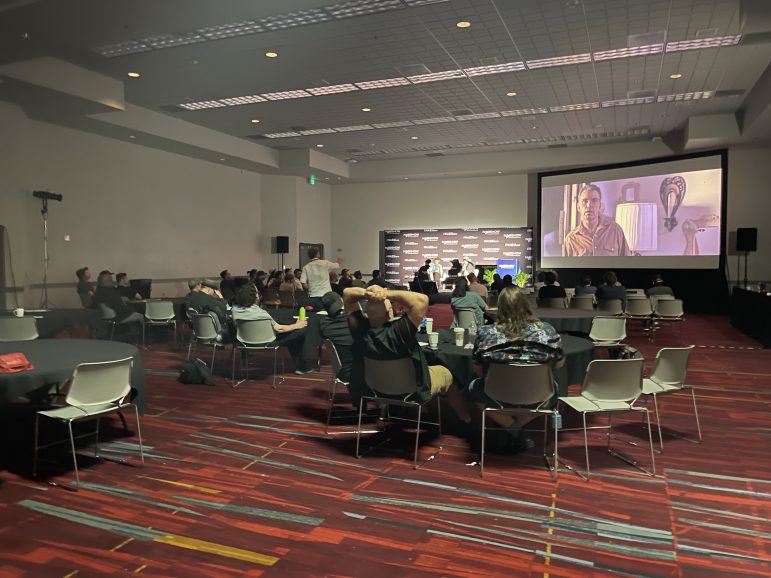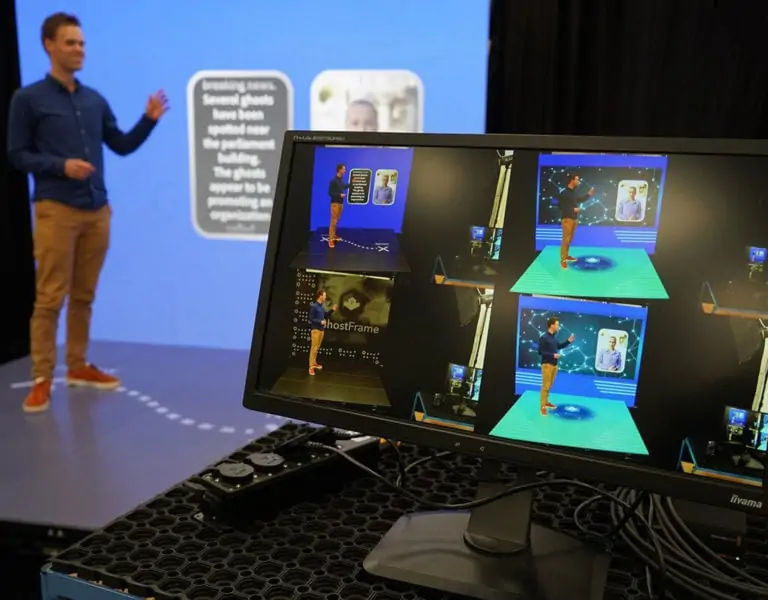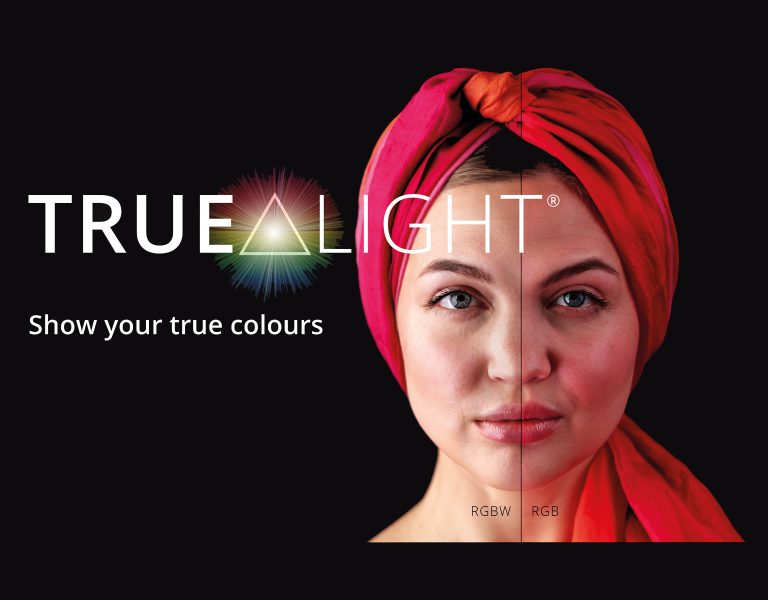Bright lights, big city
Find out the latest technological evolutions and innovations straight from the show floor in Las Vegas at another busy edition of NAB.
It’s perhaps a little unfair that shows like NAB are so often seen only in the context of new gear. Without wanting to imply the show floor was empty, developments this year mainly represented evolutionary improvement – not the sort of earth-shattering, epoch-making next big thing which makes headlines and forces everyone to reconsider what they’ve been doing for decades.
If that’s a situation in which scowling, grey-haired, real-ale camera people might find some satisfaction, then great.

There were more, bigger lights, particularly Nanlux’s 900-watt RGBACL device which will inevitably be compared to Prolycht’s slightly smaller, 675-watt option using the same emitter configuration. On one hand, bigger is better and RGBACL has its advantages. On the other, there are already large, powerful, colour-mixing lights in the world and RGBWW has its upsides too (mainly in terms of brighter spot colours). It’s not that simple, though: there are at least three ways to make the red LED emitters commonly used in movie lights, so even two RGBACL lights are only comparable inasmuch as the “R” means the same in each case – which it may not.
Lighting is a microcosm but NAB 2023 might nevertheless be the point at which we began to back away from expecting that algebraic analysis of the paper spec is likely to give us the whole story. Cineo showed its 1500-watt LED PAR, a pre-pandemic design which, at a princely $20,000 (just over £16,000 at current conversion rates), seems ambitiously priced for its power level. Actually, to be frank – and the company probably won’t mind, as it seems to know what it’s doing – the Cineo PAR comes off as shockingly expensive in a world which has since given us 1200-watt options at considerably less than half the price. The company’s stance is firm, though. People have put multifaceted reflectors on the open-faced COB lights offered by many manufacturers, but it’s a stretch to call that a PAR. Cineo’s product is a true LED par, using stacked rings of emitters and a large reflector such that angle is electronically variable and quality is consistent.

If you want bigger, stroll back over to Nanlux, and look at its configuration of four 1200-watt COBs with big fresnel lenses. OK, there’s no alien technology involved in the mounting cradle and other things will do the same. Still, that’s almost 5K of LED in a configuration which even American mains can run from four wall sockets, allowing more productions to achieve more things on less money.
So, there’s no technological luddism here. This year’s show included the most advanced interactive lighting effects for virtual production, as well as a huge raft of ways to make use of cloud computing useful to single-camera drama. Cloud products have often seemed like tools for broadcasters, particularly news teams who’d rather not book expensive satellite time to get their pictures home. The pandemic, however, forced more than a few people to supervise grades from the spare bedroom or view rushes from Dropbox.
Doing that was often rather a lash-up in its earliest incarnations, although companies such as Colorfront quickly sought to regularise things. The company’s specialism in colour control is well known, particularly in the realm of finishing. Its Transkoder software is a key part of many workflows intended to create final material in demanding formats for exacting clients. There are routinely new features in its quality control and colour analysis tools, but post-pandemic Colorfront has been offering more ways for people to supervise things remotely, at very high resolutions and with accuracy sufficient for film finishing.

Along with the remote observation tools created by companies such as Teradek, that seem likely to let more people spend more nights in their own beds. Whether or not the cloud ends up frustrating people who got into film and TV for the travel, it should save a lot of aviation fuel.
So yes, there was new hardware (and software) at NAB 2023. There were also talks on subjects ranging from the heady excesses of producing a wingsuit flying documentary to the desiccated-but-essential standardisation process for (as it was this year) high dynamic range cinema. There are also plenty of places to learn technique. Despite being reasonably expensive as a paid option, and simultaneously of most interest to less well-established attendees, the educational tracks are often well filled, and it’s perhaps here that we find the tell in the 2023 show.
This year’s line-up was the first ever to include a practical lighting demonstration (by the memorably monikered Valentina Vee), which involved dragging enough of Aputure’s catalogue into one of the seminar rooms that it apparently made the conference organisation quite nervous about getting it out of the way of the next presenter. Prevailing opinion was that this was a long overdue idea, and something which should ideally happen more often.

There’s also a tendency to rate projects for suitability as a discussion point in terms of the sheer tonnage of equipment involved, and while it’s always fun to watch people shut down and light whole city blocks, that’s not a common reality. One of the last events of the show, on the Wednesday afternoon, was a talk by LA-based cinematographer Elle Schneider, whose work on a series of independent features provided several examples of ways to light and shoot things that don’t have to take all day, cost a ransom, or require an army. Schneider has done quite a bit of this and spoke knowledgeably about it, with interesting references to the greats of yesteryear as inspiration.
So, hats off to the organisers for scheduling these events – and thanks to the people who hauled all those lighting stands through the convention centre. An escalator-compatibility attachment isn’t something Magliner offer… is it?










